Agriculture has always been a cornerstone of human civilization. But as we delve deeper into the 21st century, we’re witnessing an exciting blend of traditional farming and groundbreaking technology. From the West Coast’s vast vineyards to the bountiful berry farms in the Southeast, agricultural technology — or AgTech — is molding the future of farming.
Learning about the transformative power of AgTech, especially the role of connectivity, is essential as technology continues to evolve.
Understanding the Landscape of Agricultural Technology
In recent years, we've entered an age where the Internet of Things (IoT) and the digital world intertwine seamlessly with agriculture. But what does this mean for the modern-day farmer?
For farms across America, AgTech represents a fusion of tradition with innovation. The modern farmer is not just tending to crops and livestock but also analyzing data, optimizing operations with machine learning, and even deploying autonomous farming equipment.
With this technological boom comes a need for understanding and adaptability. Farm decision-makers, engineers, entrepreneurs, and industry influencers, the individuals responsible for integrating and maximizing these new tools, face a plethora of choices. While they recognize the pivotal role AgTech plays in modern farm management, they also grapple with questions about the practicality and utility of such technologies. One recurring query is the essence and advantages of 'connectivity' in this new age of farming.
Connectivity, in the AgTech context, goes beyond having a device connected to the internet. It's about interconnected devices and systems on a farm communicating with each other, optimizing tasks, collecting real-time data, and, in some instances, making autonomous decisions based on that data. This advanced equipment can dramatically enhance farm operations. 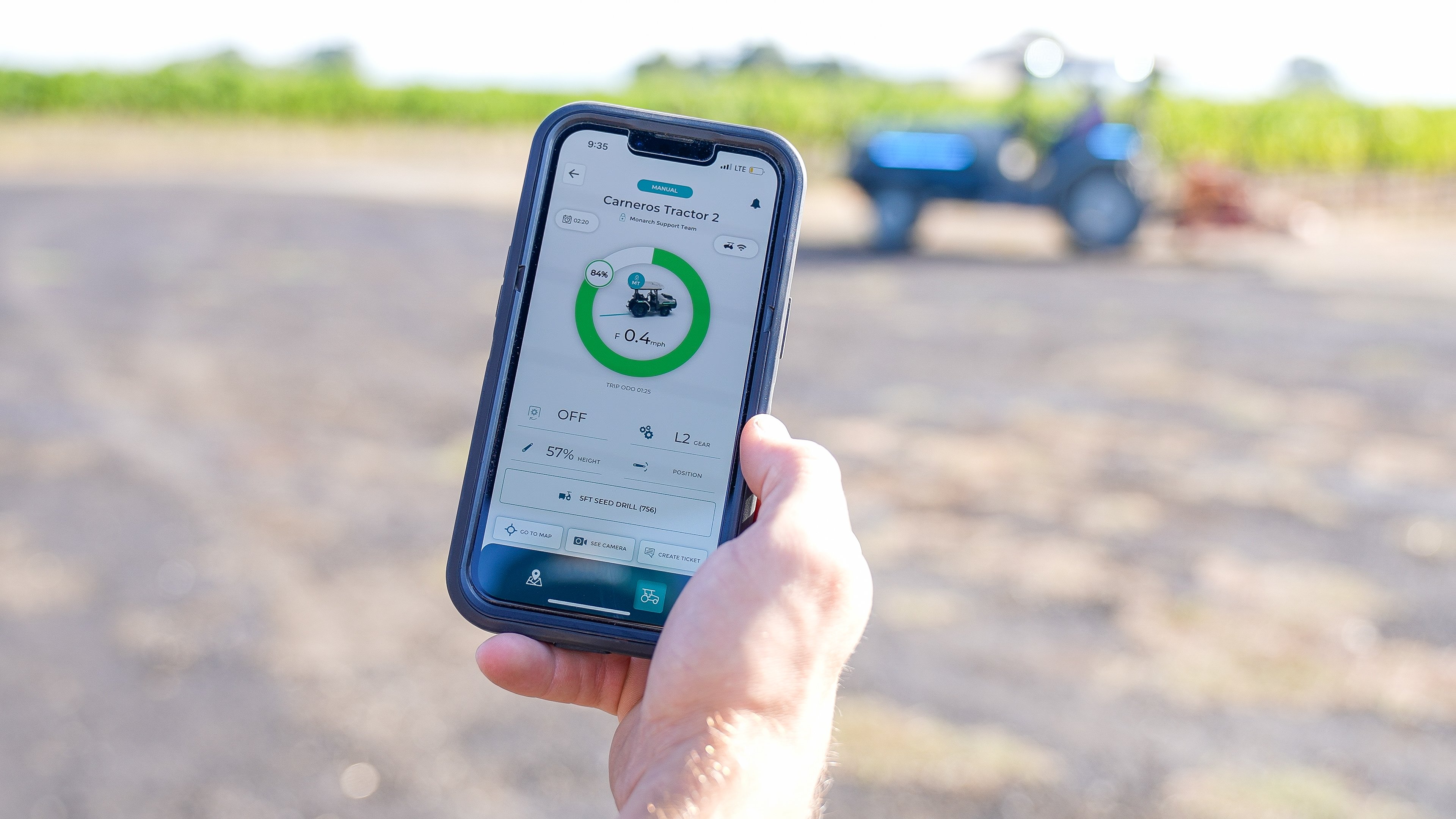 In essence, understanding the landscape of AgTech is about recognizing the potential these progressive tools can bring to a farm. It's about envisioning a future where farms are smarter, more efficient, profitable, and more attuned to the ever-changing demands of the modern world.
In essence, understanding the landscape of AgTech is about recognizing the potential these progressive tools can bring to a farm. It's about envisioning a future where farms are smarter, more efficient, profitable, and more attuned to the ever-changing demands of the modern world.
What Is an Example of Agriculture Technology & How Has It Evolved?
The journey of agricultural technology and farming technology mirrors the broader trajectory of human progress. Despite their rudimentary appearance to our modern perspective, tools such as a wood plow and irrigation systems represented the newest technology of the times. However, as civilizations advanced, so did our agricultural innovations.
The Industrial Revolution brought with it the first major upheaval in the agricultural industry. As steam power became commonplace, we saw the birth of mechanized agriculture. Tractors replaced oxen, and manual labor saw a significant decrease. This era not only increased productivity but also transformed the very socio-economic fabric of farming communities.
The 20th century heralded the Green Revolution, which leaned on a mix of high-yielding crop varieties, modern irrigation practices, herbicides and pesticides, and synthetic fertilizers. This period was pivotal in staving off global food crises and boosting food production, but at the cost of significant ecological, social, and health implications. Dependency on herbicides, fertilizers, and diesel-powered equipment, along with an increase in safety issues due to chemical exposures and diminished soil health worked together to render farmers more dependent on external resources which went hand-in-hand with lower earnings. Despite the benefits of increased yield and labor productivity, the Green Revolution turned out to not be a sustainable solution for today’s farming ecosystem — it’s costly, and it puts the long-term financial viability of many fruit and vegetable farms at risk.
Fast forward to the 21st century, and AgTech has embraced the digital age. GPS-guided tractors, drone surveillance, and electric tractors are no longer sci-fi material; they're the current reality. Moreover, the emergence of big data, IoT, and artificial intelligence (AI) in agricultural operations has set the stage for an interconnected, smarter approach to farming.
Yet, the evolutionary path of AgTech is not just about more advanced tools. It's about answering more complex questions and challenges: how can we sustainably feed an ever-growing global population? How can we restore and steward a healthier and nourishing ecological footprint and yet maximize yield?
What Is the Role of Connectivity in Modern Agriculture?
Connectivity, in today's agricultural practices, stands as the backbone supporting the efficient, smart, and sustainable farming of tomorrow. Its essence lies not just in connecting machines to the internet but in building a cohesive network where every piece of technology communicates, collaborates, and contributes to a farm's holistic function. .jpg?width=3840&height=2160&name=MT_May23_Dairy-Riley-346%20(1).jpg)
Real-Time Data Gathering
It used to be that farmers leaned heavily on intuition or past experiences. Today, they have high-tech tools and insights to augment their practice. With connected sensors and digital tools spread across fields, growers can now monitor soil conditions, weather, and crop health in real-time. Advanced cameras integrated into a tractor provide up-to-date insights on operations. This information helps drive critical farming decisions pertaining to crop production, labor, and harvesting, which in turn can improve crop yields. Monarch Tractor has developed Wingspan Ag Technology (WingspanAI) featuring automatic data collection, which allows farmers to easily track key metrics, gain insights into daily farming operations, and view personalized data reports all through their phone, tablet, or computer.
Remote Equipment Operation
Some modern tractors, harvesters, and other farm machinery, when connected, can be monitored remotely. For farms of all sizes, this type of automation eases the demand on manual labor, reduces operational costs, and increases efficiency and profitability.
With Monarch’s 100% electric, driver-optional MK-V tractor, for example, farmers stay in control regardless of whether they’re in the driver’s seat or operating autonomously — farmers can make implement adjustments, start and stop operations, and adjust PTO and tractor speed from anywhere. When paired with WingspanAI, farm managers get connectivity and insights that allow them to see what the tractor sees.
Predictive Analytics
Connectivity doesn't just provide data; it helps interpret it. With machine learning algorithms and new technologies analyzing the gathered information, farmers are better armed to predict potential pest infestations, determine optimal harvest times, or even anticipate equipment maintenance needs before an untimely malfunction derails operations. WingspanAI allows farmers to review historical operations on a map, and even view live footage from any tractor. Farmers also get in-depth insights on operations, like time spent, rows completed, and acreage covered.
Integration With Broader Systems
A connected farm isn't an isolated entity — it can seamlessly integrate with supply chains, weather forecasting systems, or marketplaces, ensuring that the entire agriculture value chain becomes more responsive and adaptive. Farmer-first solutions are taking the necessary steps to ensure as many farmers as possible are able to benefit from connectivity. Monarch's WingspanAI, for example, is built with an open ecosystem model.
The introduction of connectivity in agriculture is not just about efficiency. It's about resilience in the face of challenges. With the unpredictability of extreme weather events, economic fluctuations, and geopolitical shifts, modern farms need an edge to navigate these complexities. And connectivity, with its ability to provide real-time insights and agile adaptability, offers just that.
Whether it’s a West Coast vineyard or a Southeast berry grower, AgTech must be tailored and accessible, ensuring the tools are not just technologically advanced but are genuinely advantageous to each farming scenario. AgTech has been traditionally focused on large, industrial farms and dairies, but smaller fruit and vegetable farmers have been, for the most part, left behind. And this is precisely where tools like the MK-V electric tractor, integrated with WingspanAI, offer tailored solutions.
What Are the Key Components of Advanced Agricultural Technology?
Modern agriculture is about more than seeds, soil, and simple tools. The fields are alive with innovation, aiming at better yields, sustainability, and efficiency. Some of the pivotal components reshaping the farming landscape include:
- Autonomy: The future farm might seem straight out of a sci-fi narrative with autonomous tractors, drones, and harvesters running the show. These machines don't just reduce human intervention — working to solve the farm labor shortage and crisis of an aging workforce — but also improve precision, profitability, and safety.
- Connectivity and IoT: On the farm, IoT can be understood as the web of connected devices embedded across the farm ecosystem, from soil sensors to machinery. This network facilitates the constant flow of data, ensuring that farmers can monitor, analyze, and act based on real-time insights.
- Data analytics and machine learning: Raw data, as vast as it may be, is of little use without interpretation. Advanced algorithms sift through this data, finding patterns, predicting trends, and offering actionable insights.
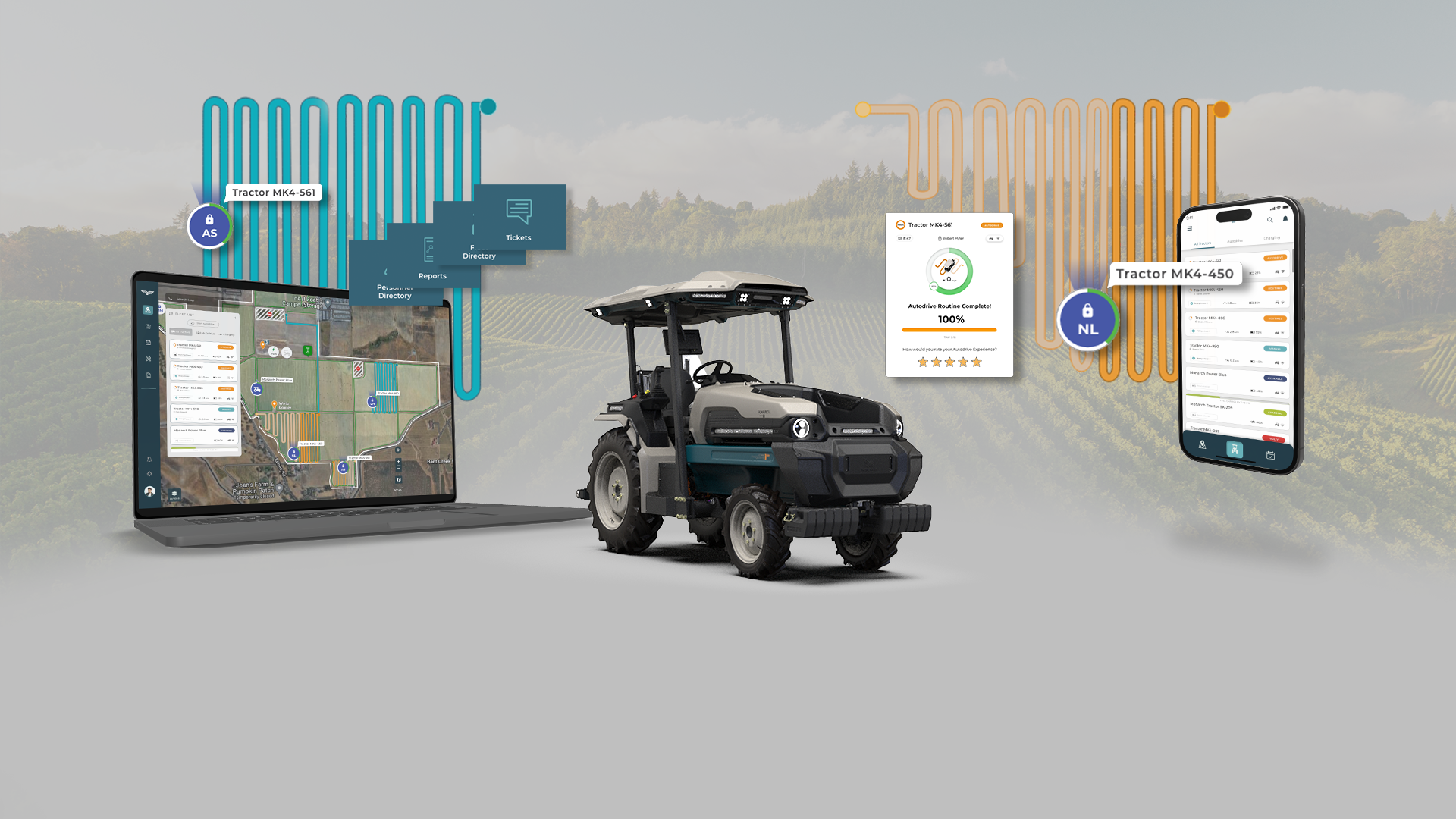
What Is the Impact of Connectivity in AgTech?
Connectivity bridges the gap between a farmer's intuition and empirical evidence. With real-time data, farmers can swiftly act on anomalies, from sudden temperature drops to moisture imbalances to a diseased plant. Decisions grounded in data invariably lead to better outcomes. Whether deciding on the right time for planting, managing tractor fleet health, or discerning the optimal water quantity, data-driven choices elevate productivity and efficiency.
This is the art and science of farming each square inch of land to its maximum potential while safeguarding its long-term health and viability. Through data and connected devices, farmers can micro-manage their fields in a way that is convenient and offers peace of mind, ensuring that each segment receives exactly what it needs, from nutrients to water.
What Are Some of the Benefits of AgTech and Connectivity?
As farms embrace tech, they witness a surge in productivity and produce as well as safety and labor efficiency. What once required many tractor operators now only requires one — autonomous tractors allow farmers to operate and manage a fleet remotely, scaling productivity and profits. 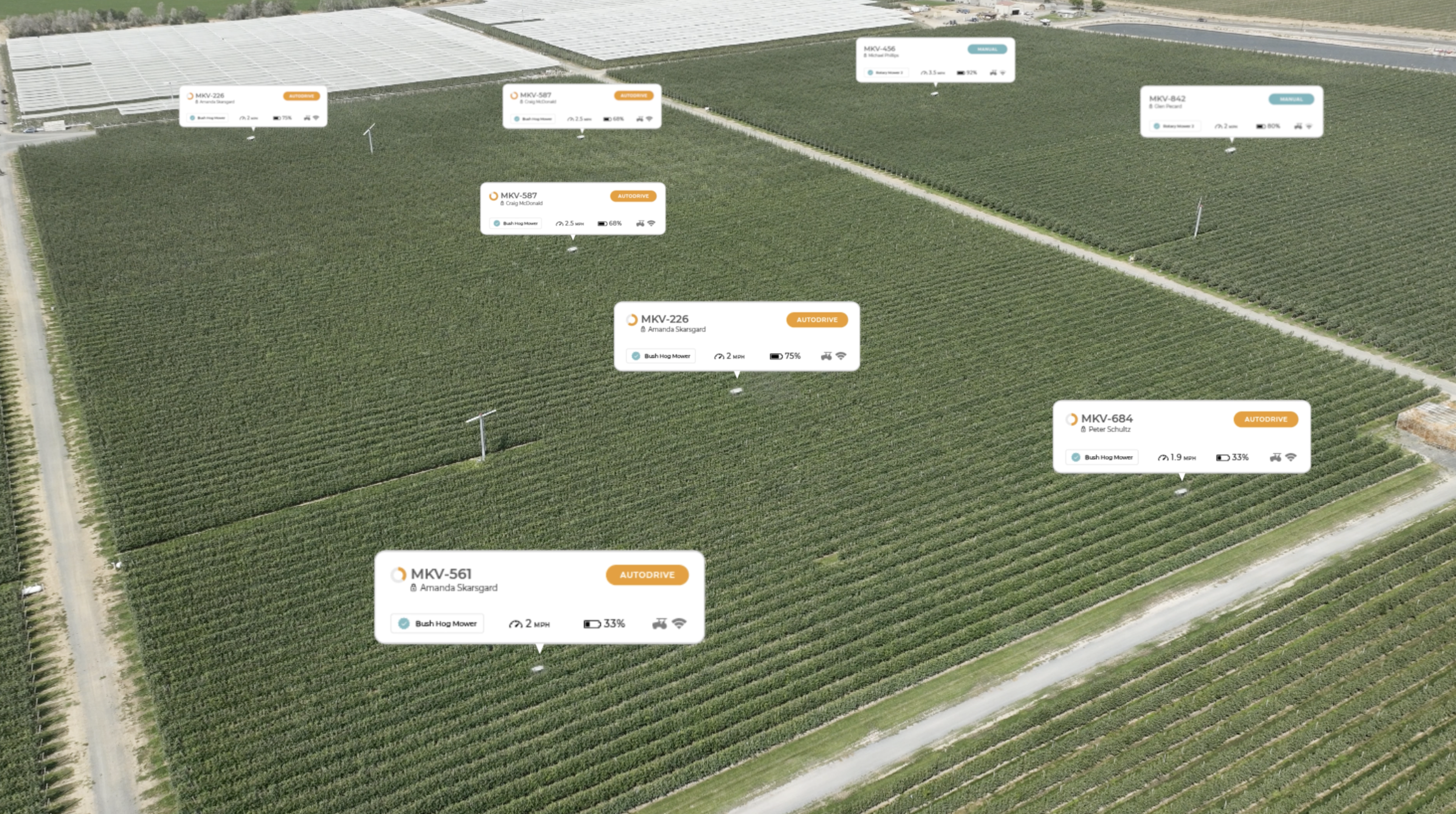 Meanwhile, precision farming ensures that resources aren't wasted, and crops receive optimal care, leading to more reliable yields. Information on a farmer’s soil, plant life, and harvest remains essential through every stage of the farm. By closely monitoring these factors, the farmer can make educational and appropriate decisions to increase annual yields for the current year and far into the future.
Meanwhile, precision farming ensures that resources aren't wasted, and crops receive optimal care, leading to more reliable yields. Information on a farmer’s soil, plant life, and harvest remains essential through every stage of the farm. By closely monitoring these factors, the farmer can make educational and appropriate decisions to increase annual yields for the current year and far into the future.
As farmers collect data about their farms, they’re able to better understand when the soil needs very specific additives or when crops need to be sprayed, removing the guesswork. According to a study published by the U.S. National Institutes of Health, spraying crops can result in human toxicities and health consequences, making precision in spraying critical. With data guiding every move, wastage is minimized, be it water, fertilizers, herbicides, or fuel for machinery — efficient usage means reduced expenses.
Autonomous tractors also work to increase safety. Monarch’s MK-V tractor, for example, sets new standards for farm safety. The MK-V features collision prevention, slope stability, rollover risk alerts, human detection, and PTO entanglement protection, which automatically shut the PTO off if an object or person is detected within an unsafe area near the PTO. 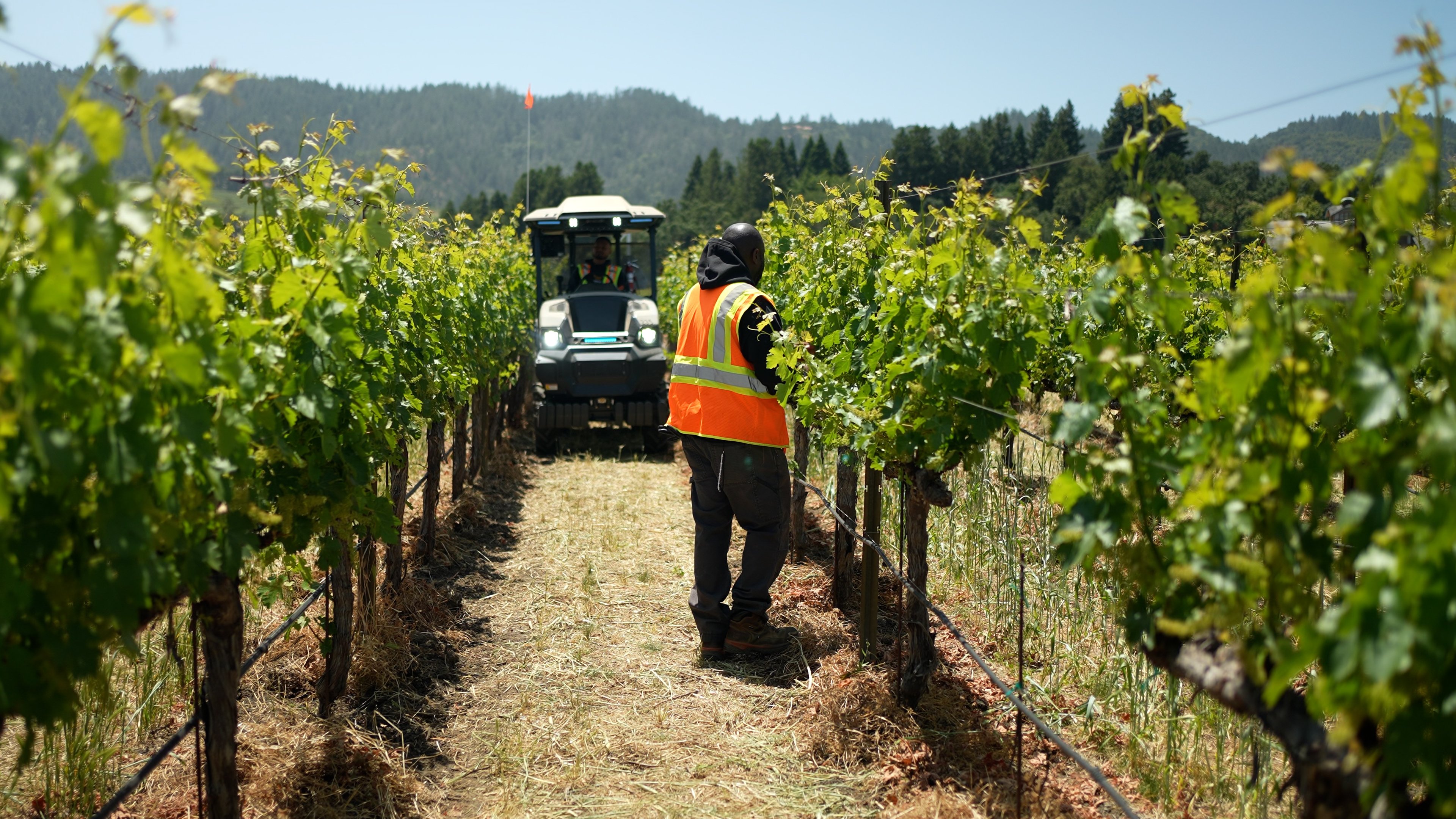
What Does the Future of AgTech Hold?
As farms become smarter and healthier, so will the entire food supply chain. From reduced agrochemical use to real-time tracking of produce to ensuring optimal storage conditions, tech will revamp how we grow, process, transport, and consume food. The future of farming is a bright one — as technologies pertaining to precision agriculture, machine learning, and sustainable practices continue to evolve, resource management, yields, and overall farm profitability improve.
Technological advancements are also continuing to make strides in farm safety, working to prevent collisions, rollovers, and health issues linked to long-term physical labor. Re-imagining the work that once called for manual labor will orchestrate safer environments for both farmers and workers.
21st-Century Farming
The tapestry of agriculture is being rewoven with threads of technology, and at its heart lies connectivity. For the modern farmer, tools like the Monarch MK-V tractor are not just machines; they're allies in the quest for a prosperous, sustainable future. As we stand at this intersection of tradition and innovation, one thing is clear: the future of farming is not just about growing crops but also about growing possibilities.
References:
Meola, Andrew (2023, Jan. 15) “What Is the Internet of Things? What IoT Means and How It Works.” Insider Intelligence. www.insiderintelligence.com/insights/internet-of-things-definition/
“A Beginner’s Handbook on Automated Guided Vehicles: Types of AGVs and How They Are Used.” www.abiresearch.com/blogs/2022/06/28/beginner-handbook-agvs
Reports & Multimedia Explainers. (2008) “The Hidden Costs of Industrial Agriculture.” Union of Concerned Scientists. https://www.ucsusa.org/resources/hidden-costs-industrial-agriculture
Pepper, Daniel. (2008, July 7) “The Toxic Consequences of the Green Revolution.” U.S. News and World Report. https://www.usnews.com/news/world/articles/2008/07/07/the-toxic-consequences-of-the-green-revolution
Hertz, Thomas. “U.S. Hired Farm Workforce is Aging.” U.S. Department of Agriculture. https://www.ers.usda.gov/amber-waves/2019/may/us-hired-farm-workforce-is-aging/
Tudi, Muyesaier, Li, Harong, Li, Hongying, et. al. (2022, June 19) “Exposure Routes and Health Risks Associated with Pesticide Application.” U.S. National Institutes of Health. https://www.ncbi.nlm.nih.gov/pmc/articles/PMC9231402/

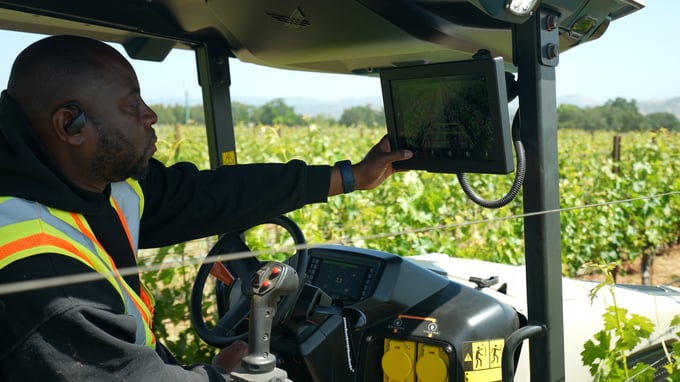
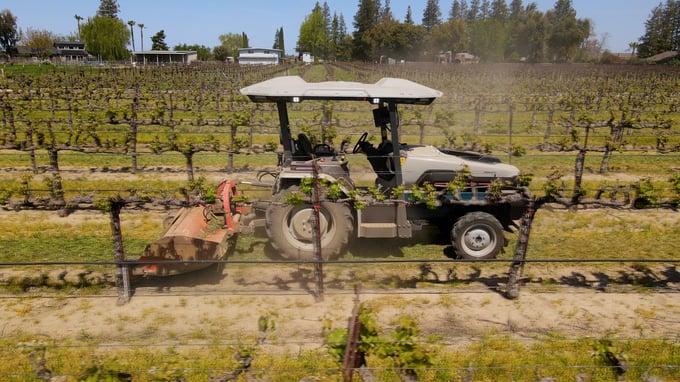
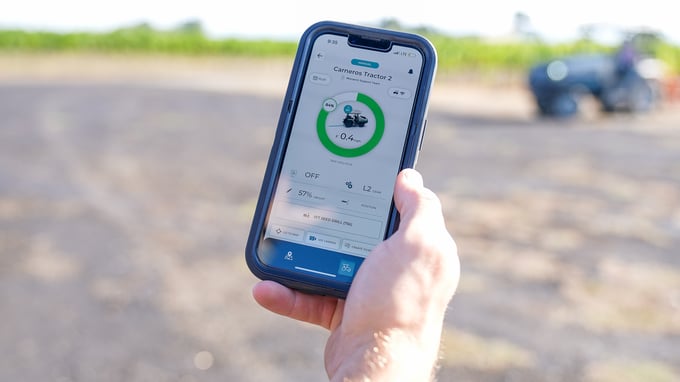
.jpg?width=680&name=MT_Sept23_Beckstoffer-70%20(1).jpg)